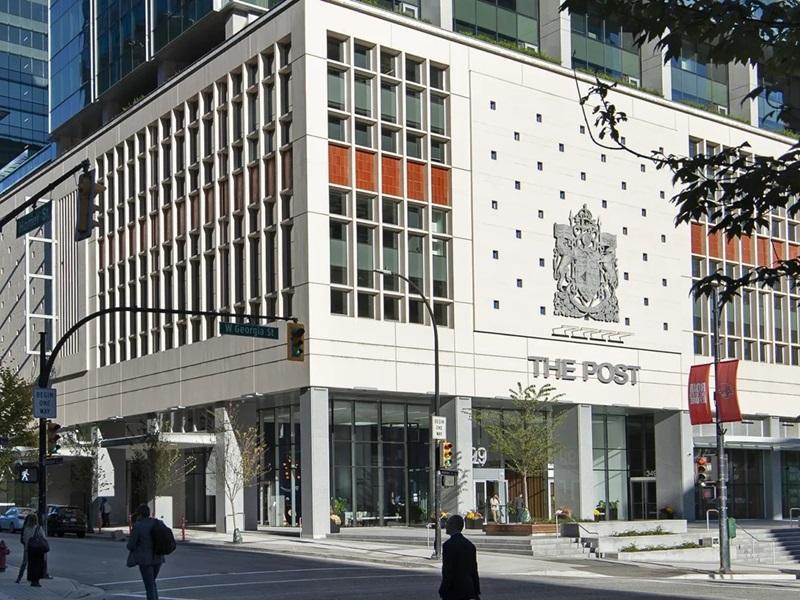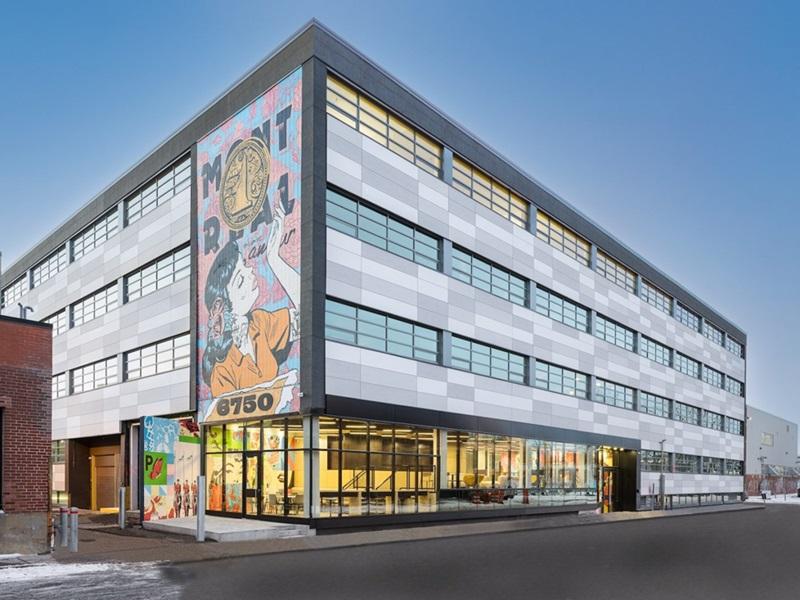
Artis REIT president and CEO Armin Martens. (Courtesy Artis)
Investors seem to covet pure-play REITS these days, so that is what Artis REIT (AX.UN-T) president and CEO Armin Martens intends to offer.
Speaking about Artis’ plans to spin off $779 million in retail assets into a new Artis Retail REIT, Martens told analysts during a Tuesday afternoon conference call the move reflects a new reality in investing, should unlock additional value, and offers more alternatives for growth or M&A activity.
“We’re performing well in terms of numbers but we are caught in this chronic and structural vortex of diversified REITs,” he said. “We are not trading at one of the price multiples of the three asset classes we own. You see this time and time again and after a while it gets old.
“You realize after a while, well, it’s actually structural. Investors everywhere from Toronto to Red Deer, New York to London and Singapore, institutional investors in particular, wealth managers have made a decision to strongly prefer pure-play REITs.
“We’re taking a big step in that direction.”
Artis trades at significant discount to NAV
Figures provided by Artis show REIT units trading at a 27 per cent discount to NAV based on “consensus analysts estimates.” (The REIT was trading at $9.25 on the TSX as of mid-morning on Wednesday.)
Through 2019 the REIT had engaged in a strategic review which led to about $800 million in asset sales, but no significant merger or acquisition activity.
“There is an old saying, ‘The customer is always right’, and if investors want pure-play REITs then that’s the direction we have to go,” Martens said.
The retail component of its portfolio hindered any talks the REIT did have on that front, despite being only about 17 per cent of the total holdings: “It was definitely a stumbling block that we had retail as part of the package,” he added.
Looking ahead, Martens said Artis is still open to considering M&A options — as a buyer or seller.
“There could be other REITs and other portfolios out there that institutions own, that they’ll want to merge with Artis REIT,” he said. “Or there could be other REITs or institutions that will say ‘Artis Retail REIT is a great REIT, great portfolio, and we are interested in buying the REIT’.
“It’s all about getting the value we should be getting for our unitholders and we are not shy about being on either side of the M&A ledger.”
The new Artis Retail REIT
The plan to spin off the retail assets, announced Tuesday morning, is still conditional on shareholder and regulatory approvals. If it goes through as planned, Martens said he hopes to close the transaction early in 2021.
It will create a new retail REIT with up to 40 assets in Alberta, Saskatchewan and Manitoba. NOI is derived from 92 per cent open-air shopping centres, the other eight per cent from one enclosed mall. Sixty per cent of the portfolio is anchored or shadow-anchored by grocery and/or drug stores.
Artis REIT currently contains 42 retail assets, but a property in Delta, B.C. is being held for sale, and the new 330 Main mixed-used tower in Winnipeg will remain with Artis REIT.
Martens said the retail assets continue to perform well financially. By carving them out as a distinct portfolio, he believes this will become more apparent to investors.
“We’re in good markets, good neighbourhoods, there are good fundamentals to support these properties,” Martens said. “The cash flow is positive and it is designed to be successful, the balance sheet will be just fine and improving, the payout ratio will be low and it will be a cash-flow positive REIT.
“It will not be a REIT that is under stress looking for capital.”
Artis continues to divest “non-core” assets
As part of its ongoing program to divest non-core assets, the retail portfolio is likely to be pared further prior to the spinoff. Asset sales could cut up to a half dozen properties and $100 million in value, depending on what gets sold.
Martens said including both office and retail properties, Artis has about $200 million under contract to be sold, with those deals expected to close by the end of 2020. The REIT would like to divest an additional $350 million in property, and hopes to complete that by mid 2021.
“We’re getting good traction already. We thought this might be a lost year, but it’s not a lost year at all in terms of seeing property and paying down debt, and at prices that correspond to our value,” Martens observed.
He tied these asset sales to the REIT’s decision to spin off its retail assets at this point, rather than one of its other asset classes.
“If we wanted to spin off all three we’d have to sell more properties and improve our balance sheet even more,” he explained, noting leverage to GBV remains at 52.1 per cent, well above Artis’ goal of 46 per cent. “So we’re not quite there yet, but we didn’t want to wait another year until all the stars line up perfectly, we wanted to do this now.”
Several other factors also came into play in the decision, including its overall balance sheet.
“A year ago at this time we probably would’ve spun off industrial first, along with an IPO, and raised money because of the strong demand. But this is not IPO season.
“Industrial is a bigger portfolio and dealing with industrial and office means selling more properties to pay down debt, or raising equity. We don’t want to raise equity in this market and we don’t want to wait a year to sell the rest of our properties. Retail just works for us.”
Looking to the future
He did not rule out a possible future move to separate the office and industrial assets.
Artis REIT will comprise 176 properties, with about 21.0 million square feet, when the spin-off occurs. On an NOI basis, that breaks down to 58 per cent office, 42 per cent industrial, with 63 per cent of the property in the U.S. and the rest in Canada.
“Looking forward if our price multiple for Artis REIT, which will own only industrial and office, if it doesn’t improve, bring us to NAV, then as we sell properties and bring down that balance sheet we’ll look at splitting that REIT into two more REITs,” he said.










